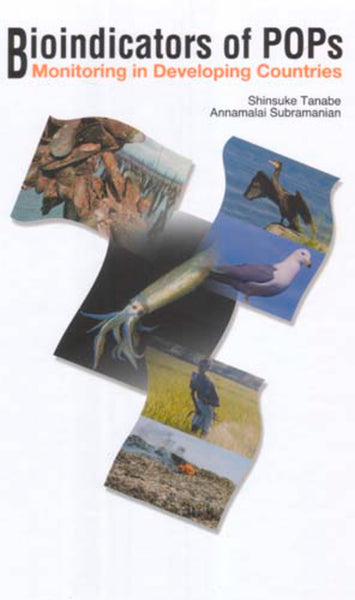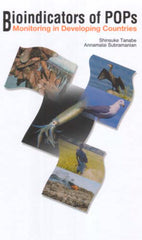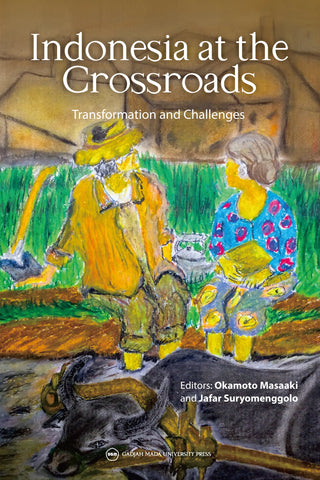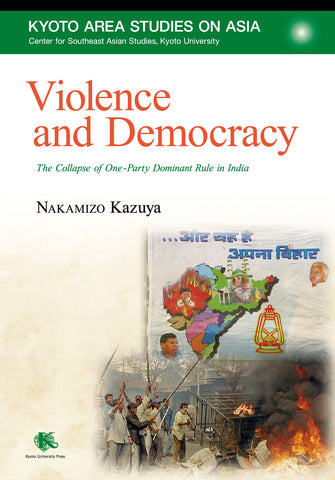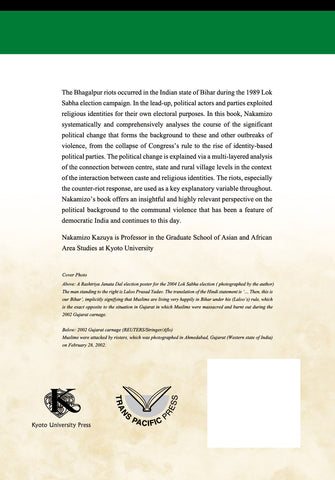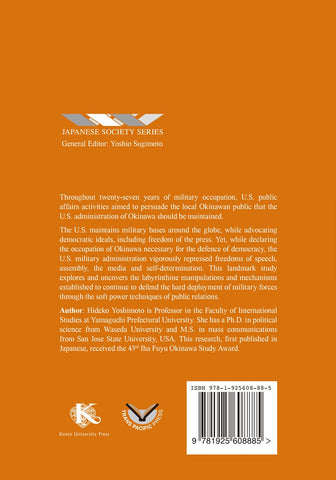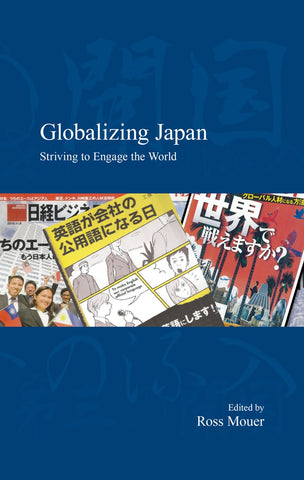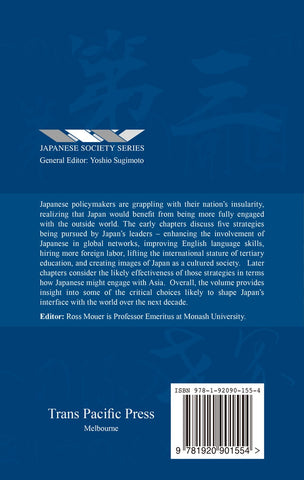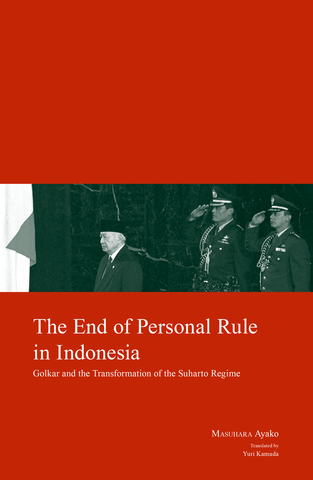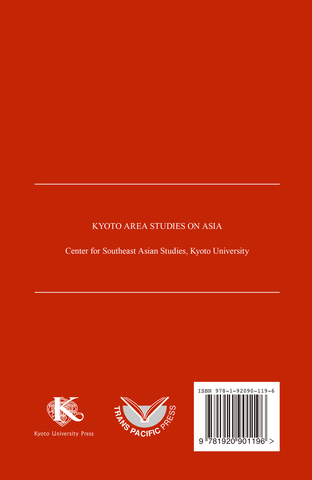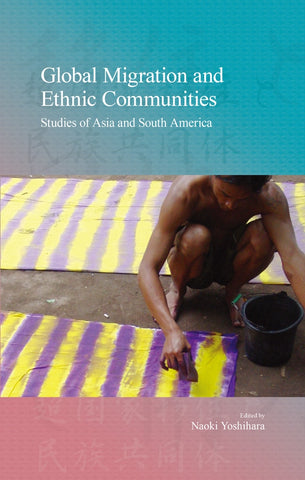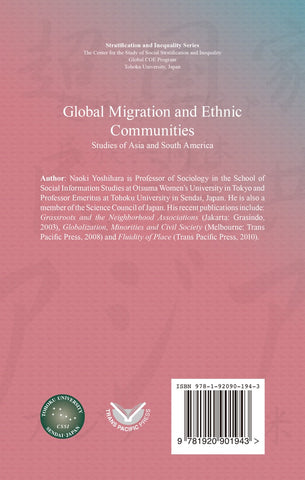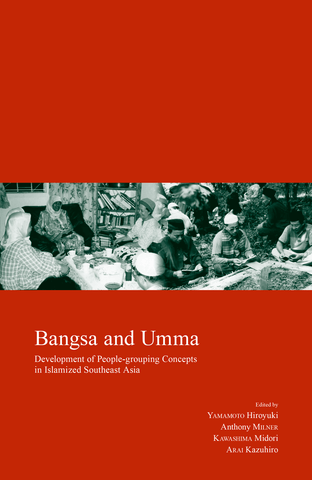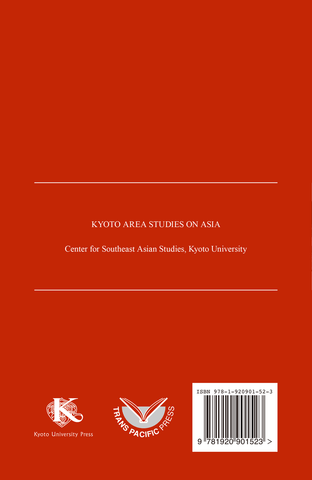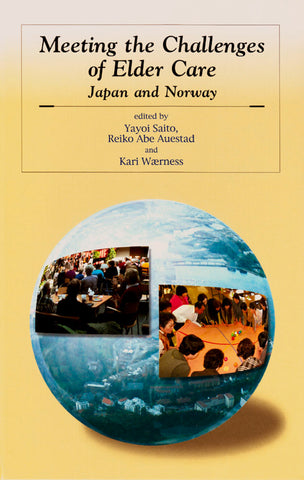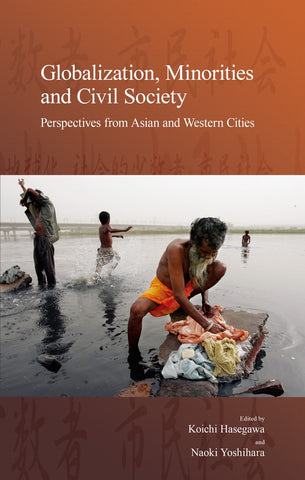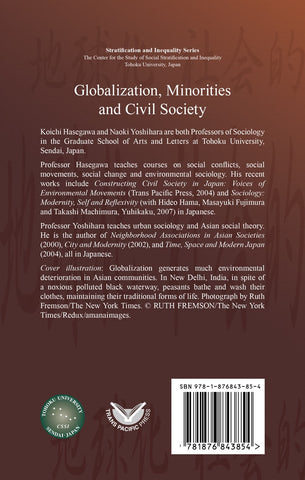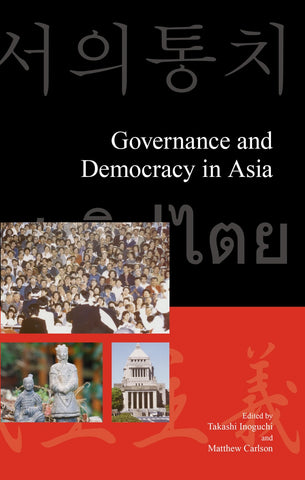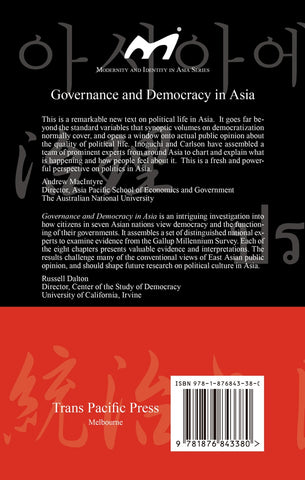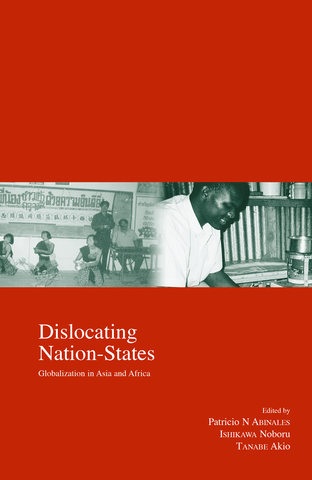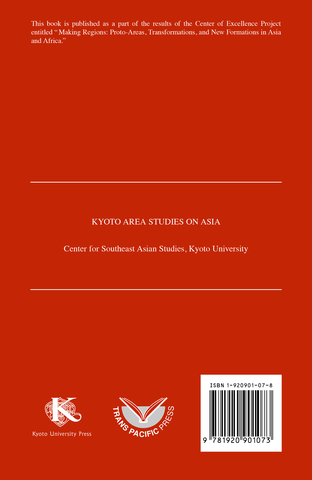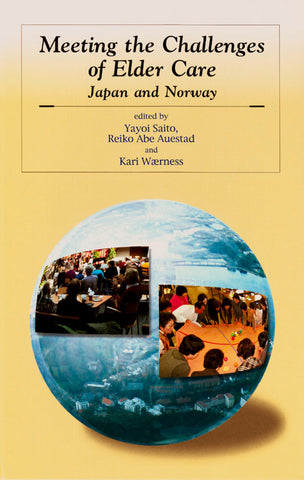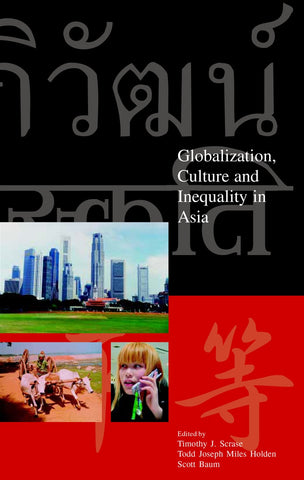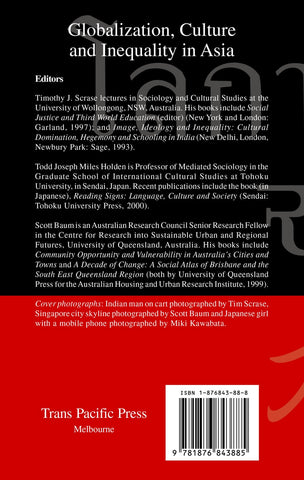Bio-indicators of POPs
Many In Stock
The global environment is ubiquitously contaminated by a myriad of toxic chemicals, having teratogenic, carcinogenic, immunosuppressive, and endocrine disruptive actions. Twelve of these persistent organic pollutants (POPs) have been categorized as requiring immediate attention by a treaty adopted at a multi-national meeting in Stockholm in 2001 and became legally binding in May 2004 after its ratification by 50 states. While the developed nations are making efforts to monitor and control the levels of pollution by all the twelve POP chemicals in their environment, the poor developing nations remain extremely hesitant to adopt planned monitoring. The prime reasons are the economy and the lack of man-power and facilities for such evaluations. The Global Environmental Facility (GEF) has recently included POPs into one of its operational programs. Bioindicators of POPs examines this environmental concern. The book will be essential for all those who are involved in the monitoring of POPs-the policy makers, scientists, research students, laboratory technicians, university students, and nongovernmental institutions.
Awards
The 2005 SETAC (Society of Environmental Toxicology and Chemistry) Founders Award_2005
About Editors and Authors
TANABE Shinsuke is Professor at the Center for Marine Environmental Sciences, Ehime University. He specializes in environmental toxicology and chemistry and marine mammalogy.
He graduated from the Department of Agricultural Chemistry, Faculty of Agriculture, Ehime University, in 1973, and later obtained a Doctorate in Agriculture from Nagoya University. He has held several positions overseas, including at the Texas University of Agriculture and Technology and the University of Siena, Italy.
